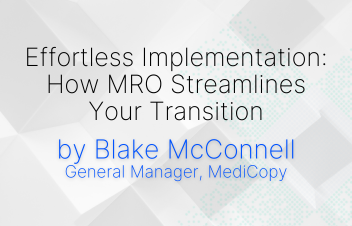Internal audits and monitoring are essential practices to ensure coding and billing compliance, protect revenue, and defend against payer audits and clinical denials. However, with limited time and resources, it becomes impossible to internally review every physician, patient type or risk area.
In the October edition of HCCA Compliance Today, MRO senior director of revenue cycle, Dawn Crump and program manager of revenue integrity, Garnette McLaughlin, discuss new strategies for internal audit programs to relieve workloads and expand case review capabilities. Both experts share insights on how proactive technology and continuous data analysis reduces risks associated with payer audits, denials and reviews.
The article also includes valuable insights from two large health systems regarding best practices for internal audit teams. Here are three important takeaways from the article for audit teams to consider.
1. Use technology to prioritize cases, identify risks and reduce payer friction
With the staffing shortage and limited resources for audit teams, staff must prioritize cases with the highest risk of noncompliance or payer denial. New technology platforms are now available to continuously deliver information and insights to audit teams. Upon receiving alerts, internal teams can focus their work on conducting retrospective and proactive case reviews and interventions for identified target areas.
2. Monitor payer activity and take defensive actions
Payers are capricious in their decisions to deny, audit and review cases. Rules change frequently, and reimbursement pitfalls become more common. To reduce these surprises, internal audit teams must monitor new payer regulations and assess their impact on the organization.
Another effective strategy involves centralizing audit and denial teams to optimize payer intelligence and improve efficiency in the process.
3. Strengthen internal audit program and ensure continual risk assessment
Once a data-informed work plan is established and audits start, teams should consider tiered scoring of audit results, digitization of audit notes, implementation of hard stops to ensure auditors complete specific tasks, electronically pending cases for additional review, and the use of automated internal messaging with case logs.
The two case studies outlined in Crump and McLaughlin’s article exemplify best compliance plans that leverage systems and data to minimize risk.
A comprehensive plan for meaningful outcomes
Internal auditing and monitoring is essential for nearly every healthcare provider organization. A successful team effort necessitates a comprehensive plan that includes tracking components and using data to support and adjust your approach.
To view the full HCCA Compliance Today article, click here.



